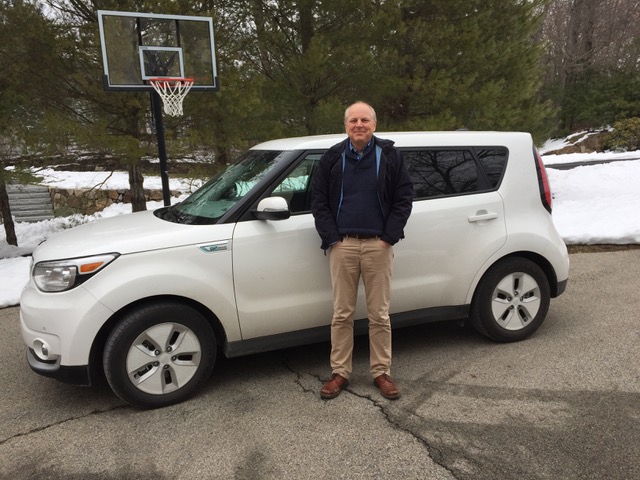If you’re thinking about making the switch to an electric car, you might be nervous about winter driving. Not to worry! Here are some quick truths and tips about driving your electric vehicle (EV) through a New York winter, with tons more info here.
TRUTHS
Your range will decrease in the winter. Because batteries operate less efficiently when they’re cold, your EV will get fewer miles per kilowatt-hour in the winter. However, the range for gas powered cars also decreases by as much as 22% in the winter!
Snow and ice are not usually a problem for EVs. Because the battery often makes up the floorboard of the vehicle, EVs have a low center of gravity and evenly distributed weight, which makes them stable and easy to maneuver, and increases traction on snow or icy terrain.
TIPS
Precondition your vehicle. Warm up your car while it’s still plugged in so that you don’t deplete your battery’s reserves. Getting into a warm car also means you don’t have to crank the heat as much once it’s unplugged!
Use the special heating features for your vehicle. If your car offers heated seats and steering wheels, use them! They will use less energy and allow you to comfortably keep the cabin temperature slightly lower.
Drive efficiently. Use regenerative breaking to capture any energy that might otherwise be lost and avoid speeding as it increases drag, which decreases mileage.
Park and charge somewhere warm. If you must park outside, try to find a sunny spot to keep your battery warm.
To learn more about the ins and outs of driving your electric vehicle in the winter, please visit drivegreen.nationalgridus.com/learn/winter.


